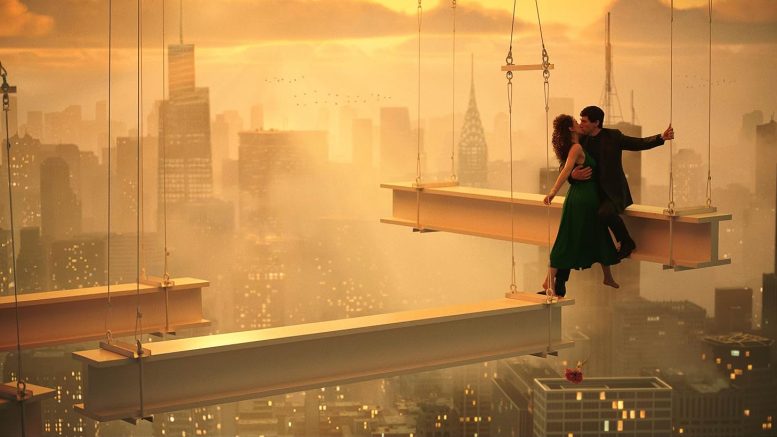Last year, a social media trend emerged where TikTok users asked their boyfriends and husbands how often they thought about the Roman Empire. To their partners’ bewilderment, many men responded by saying every week, or even every day, despite not being known as history buffs.
Subsequently, on the internet, the “Roman Empire” became a metaphor for a topic that people think about incessantly for no apparent reason. After all, why would anyone — except historians, classicists, and archaeologists —have stories from ancient history living “rent-free” in their heads?
This puzzled many internet users, but it can be said the Romans have influenced us to a greater extent than we might think. As someone interested in the forces that have shaped Western culture, ancient Rome is certainly a subject worthy of frequent contemplation and discussion.
Think about Latin and how it quietly reveals itself in Romance languages and English, or the neoclassical city halls, banks and cathedrals found in seemingly every corner of the world. The largest Christian denomination is also often called Roman Catholicism.
Roman history continues to inform modern entertainment as well. This past week, I watched Megalopolis in theatres. The science fiction film is loosely based on the Catilinarian conspiracy, which took place during the Roman Republic when the failed politician Catiline tried to usurp the consul Cicero. Except, the film is set in a fictional, modern-day “American Republic,” featuring culturally relevant themes such as corruption, moral decay and the struggle for political power.
Unfortunately, Megalopolis was poorly received due to its cliché scenes and incoherent plot, reportedly earning only US$4 million, while production costs were said to be around US$136 million. Some have even dubbed the film “Megaflopolis.”
Despite this, I still enjoyed finding traces of Roman art and hearing Latin in the film. At times, I imagined Julia (Nathalie Emmanuel) as a Fayum mummy portrait and Catiline (Adam Driver) as a Roman bust.
Naturally, after watching the movie, I wondered what classics professors at the U of M thought about modern adaptations and interpretations of historical events in ancient Rome.
James Chlup, an associate professor at U of M’s department of classics and department head who specializes in the middle and late Roman Republic, shared some of his favourite films and shows inspired by the Romans.
“I do teach about representations of ancient Rome in film and television in my Introduction to Ancient Roman Culture course and in my Roman history survey and specialist courses,” he said.
“I suppose my favourites are the BBC/HBO series Rome, since it is set during the late Republic (my special historical period) and the BBC series I, Claudius, which, I must confess, drew me away from majoring in history towards classics.”
Chlup explained that what makes a historical film “good” is not large production costs, but convincing acting and fidelity to historical sources.
“[I, Claudius] was made on a very tight budget, but the acting and its close relationship to the original sources (though the series is based upon two novels, which themselves follow the sources closely) are excellent (Patrick Stewart is in a few episodes).”
When asked about the Roman influence in shaping modern Western culture, Chlup emphasized the importance of being reflexive about our cultural roots to better understand our identities.
“Rome did play an important role in shaping ‘Western’ culture, and so it is important to figure out what that legacy is and how it is beneficial and sometimes (or oftentimes) quite problematic (as I humorously put it, ‘what exactly have the Roman done for us?’),” he said.
“In trying to understand who we are (even in Canada in 2024) and how we want to develop, it is important to clarify from where part of our culture found its influences.”


